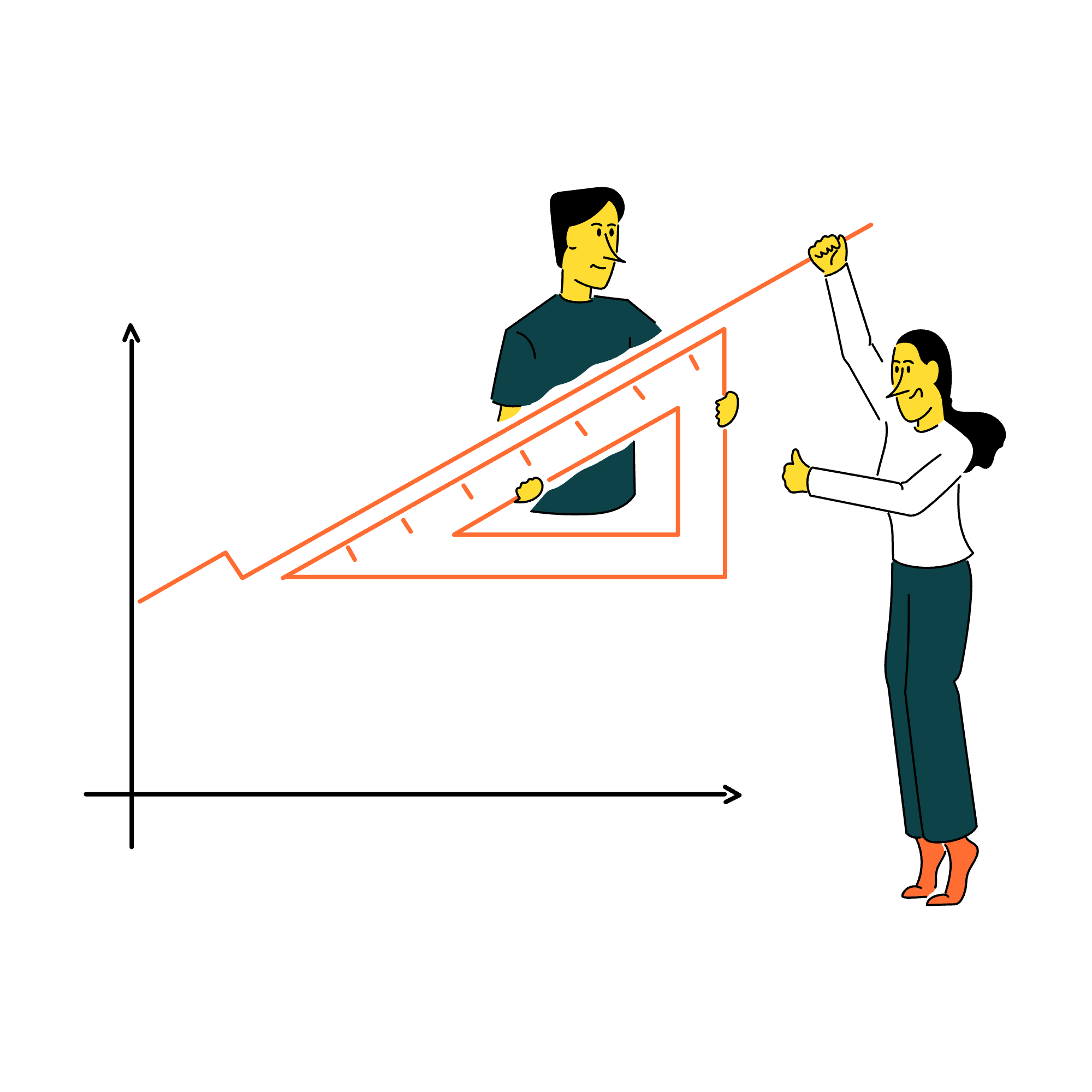B2B website foundations
tools

Rating
Rating
Rating
Rating
Rating
From
€
18
per month
Webflow
Webflow builds custom websites visually without code, offering designer control, CMS capabilities, and hosting for professional web projects.

Rating
Rating
Rating
Rating
Rating
From
€
15
per month
Figma
Collaborative design for interfaces and assets excellent for landing pages, ads, and prototypes when marketing and design need alignment.

Rating
Rating
Rating
Rating
Rating
From
€
39
per month
Hotjar
Hotjar captures user behaviour through heatmaps, session recordings, and feedback polls to understand how visitors use your website.

Rating
Rating
Rating
Rating
Rating
From
€
0
per month
Microsoft Clarity
Microsoft Clarity provides free session recordings, heatmaps, and user behaviour analytics without traffic limits or time restrictions.

Rating
Rating
Rating
Rating
Rating
From
€
79
per month
Unbounce
Unbounce creates landing pages with drag-and-drop building, A/B testing, and dynamic text replacement optimised for paid advertising conversion.

Rating
Rating
Rating
Rating
Rating
From
€
99
per month
Instapage
Instapage builds post-click landing pages with A/B testing, personalisation, and collaboration features for paid advertising campaigns.

Rating
Rating
Rating
Rating
Rating
From
€
49
per month
Leadpages
Leadpages builds landing pages, pop-ups, and alert bars quickly with templates and basic A/B testing for lead generation campaigns.

Rating
Rating
Rating
Rating
Rating
From
€
15
per month
Squarespace
Squarespace builds complete websites with beautiful templates, hosting, and e-commerce features for creators, small businesses, and portfolios.







.webp)
